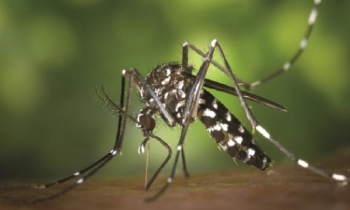AQI: Dhaka’s air quality remains ‘unhealthy’
UNB || BusinessInsider

Photo: UNB
Dhaka's air quality remains 'unhealthy for sensitive groups'.
With an air quality index (AQI) score of 154 around 10am on Wednesday, the metropolis ranked fourth in the list of world cities with the worst air quality.
Chile's Santiago, Pakistan's Lahore and Saudi Arabia's Riyadh occupied the first three spots, with AQI scores of 162, 160 and 155, respectively.
An AQI between 101 and 200 is considered 'unhealthy', particularly for sensitive groups.
Similarly, an AQI between 201 and 300 is said to be 'poor', while a reading of 301 to 400 is considered 'hazardous', posing serious health risks to residents.
AQI, an index for reporting daily air quality, is used by government agencies to inform people how clean or polluted the air of a certain city is, and what associated health effects might be a concern for them.
In Bangladesh, the AQI is based on five criteria pollutants -- Particulate Matter (PM10 and PM2.5), NO2, CO, SO2 and Ozone.
Dhaka has long been grappling with air pollution issues. Its air quality usually turns unhealthy in winter and improves during the monsoon.
Air pollution consistently ranks among the top risk factors for death and disability worldwide. Breathing polluted air has long been recognised as increasing a person's chances of developing heart disease, chronic respiratory diseases, lung infections and cancer, according to several studies.
As per the World Health Organization (WHO), air pollution kills an estimated seven million people worldwide every year, largely as a result of increased mortality from stroke, heart disease, chronic obstructive pulmonary disease, lung cancer and acute respiratory infections.
























